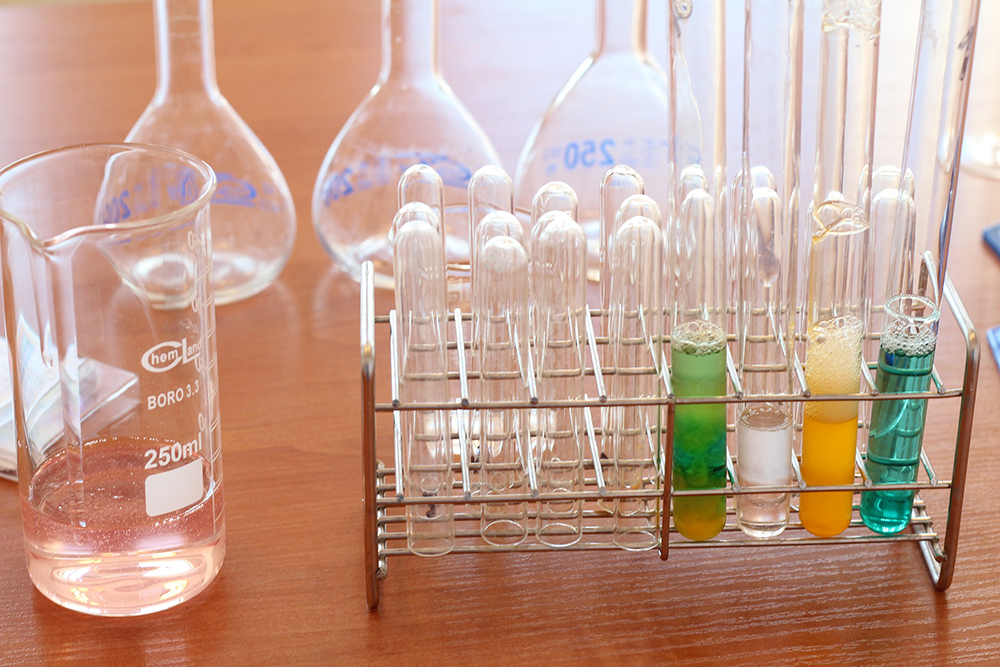
What Chlorine Numbers Mean
Chlorine is used to keep down the algae and bacteria that inevitably grow in warm, still water. The proper amount for a swimming pool is around 1.0 to 3.0 ppm (Parts Per Million). Too much chlorine will cause red eyes and itchy skin in anyone who swims in your pool. Not enough chlorine and you will likely have bacteria growing in your water.
The Delicate Dance of Balance
Chlorine relies on a proper pH level to work properly. If you're new to pool ownership, you might want to check your chemical levels daily until your water stabilizes. After that, you may only need to check it every couple of days. Waiting longer than that to check your levels may result in a sudden shift in numbers, which might mean a situation gets out of hand before you correct the chemicals.
Doing the Math
Yeah, I know. I said the M-word. No worries, this is fairly simple. You can find a pool volume calculator online. This will ask things about your pool such as shape, length, width, and depth (deepest and shallowest). Depending on the calculator you use, you'll get your pool's volume in gallons or liters. A single ounce of chlorine will add 1 ppm to about 70-80,000 gallons. All you need is to add the amount of chlorine necessary for the rate you need.
Avoid the Summertime Blues
Checking your chemical levels frequently is an important part of owning a pool. Even if you have a well-established pool and your numbers don't change often, there are external factors that can affect water. Heavy rain or an excess of debris (dirt, leaves, etc.) can create an imbalance, so make sure you test your water after a sudden weather event.
Staying on top of your pool water is preferable to catching a problem that's already several days - or weeks - old. It's far easier to nip a problem in the bud than to spend time and effort correcting an issue. Pool test kits are inexpensive, don't take a lot of time to perform, and should be in every pool owner's arsenal. If in doubt, ask the nice folks at Robert Allen Pools and Spas for assistance!